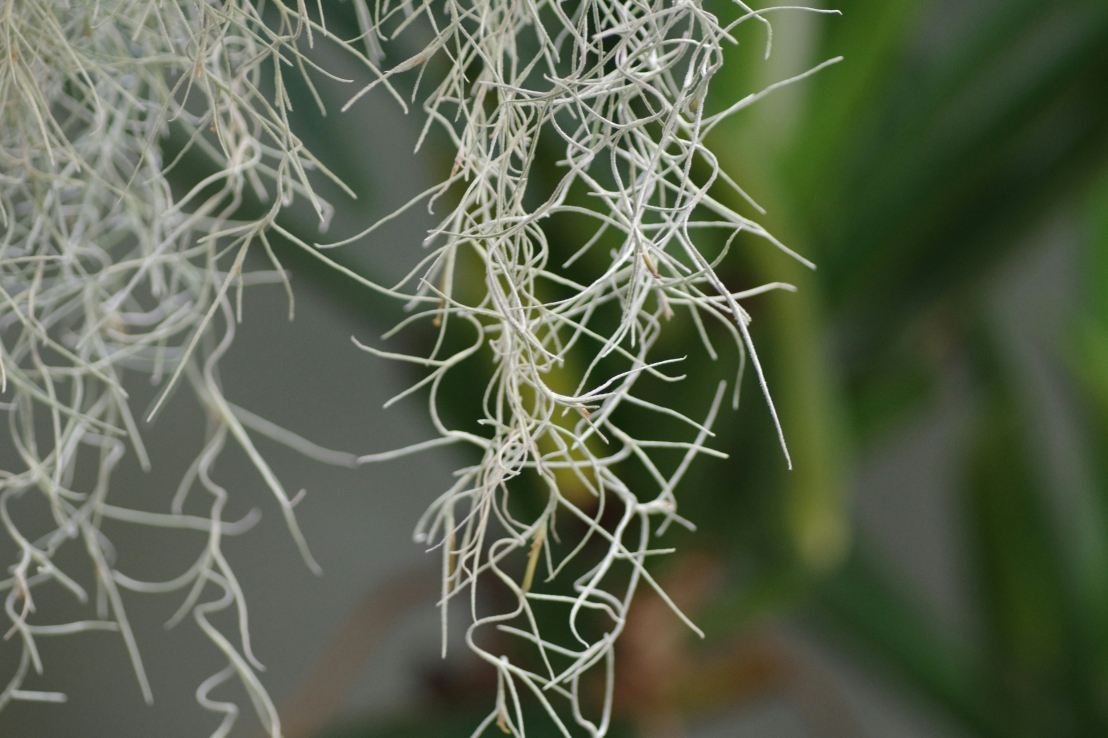How Plants Communicate: The Silent Language of Nature

Introduction: A World Beyond Words
While plants may seem silent and passive, modern plant science reveals they have a complex communication system. From the rustle of leaves to underground chemical signals, plants interact constantly—with one another, with insects, and with their surroundings.
Chemical Signals in the Air
When attacked by pests, some plants release volatile organic compounds (VOCs) into the air. These compounds warn nearby plants to activate their defenses. For instance, a tomato plant under insect attack can signal neighboring tomato plants to produce chemicals that make their leaves less tasty or even toxic to pests.
Underground Networks: The Wood Wide Web
One of the most fascinating discoveries in recent decades is the underground communication system of plant roots, often facilitated by fungi called mycorrhizae. These fungal networks connect plant roots, allowing them to share nutrients, send stress signals, or warn each other of threats such as drought or disease.
Responding to Light and Sound
Plants also respond to external stimuli like light, gravity, and even sound. Experiments have shown that roots may grow toward certain frequencies of sound, possibly detecting the movement of water underground. Leaves can adjust their angles depending on sunlight, maximizing photosynthesis.
Why It Matters
Understanding plant communication changes how we see the natural world. It opens new doors for sustainable agriculture, where crops can be grown with the help of naturally occurring signals and interplant cooperation, reducing reliance on chemicals.

Comments : 0